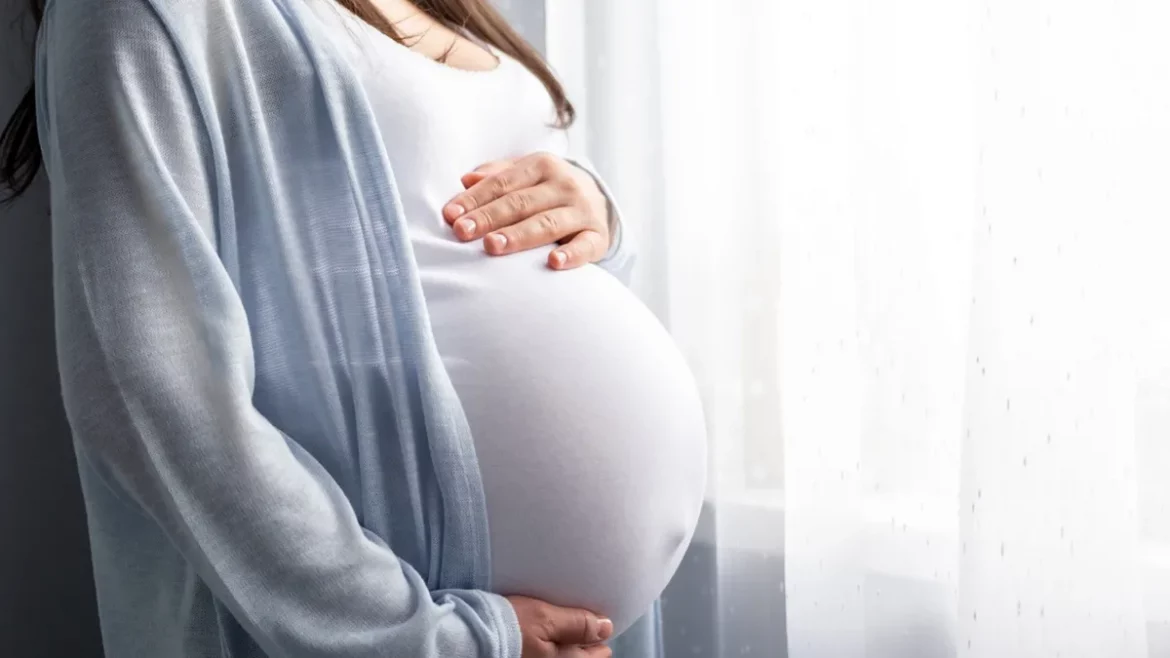The first known study on the effect of PFAS on female fertility has shown that women with higher levels of so-called “forever chemicals” in their blood have a 40% lower chance of becoming pregnant within a year of trying to conceive.
Although the research was conducted in Singapore where contamination levels are lower, compared with a country like the USA where 99% of the people are contaminated, the scientists still found a strong correlation with reduced fertility.
PFAS, or per- and polyfluoroalkyl substances are a group of chemicals that are water- and oil-resistant which have been found in almost everyone tested for them, and are used in a vast array of products, from non-stick cookware and food containers to clothing and furnishings. They are nicknamed forever chemicals because they are very slow to break down in the environment and are now widely found in water and soil. They have been increasingly linked to health damage, including cancers and liver, kidney and thyroid disease.
Some PFAS have been banned but more than 12,000 chemicals in the class have been produced and the scientists who conducted the research called for the entire group of chemicals to be regulated.
“Our study strongly implies that women who are planning pregnancy should be aware of the harmful effects of PFAS and take precautions to avoid exposure to this class of chemicals,” Dr Nathan Cohen, lead author of the research at the Icahn school of medicine at Mount Sinai in New York was quoted as saying.
Published in the journal Science of the Total Environment, the study included more than 1,000 women of child-bearing age in Singapore who were trying to conceive.
Read also: Investors to press TotalEnergies over climate goals
During testing, it found a range of PFAS levels in the women’s blood and assessed the chemicals’ impact at each quarter between the lowest and highest exposure level. Those women with PFAS mixture levels one quarter higher than the average had a 40% lower likelihood of becoming pregnant within a year. These women also had a 34% lower chance of having a live birth within 12 months.
This type of study does not shed light on how PFAS affects fertility, but previous work has shown the chemicals impact hormones and egg production and function, as well as being linked to polycystic ovarian syndrome.
The study took account of the women’s age, education and smoking status, as well as how many children they had already had. PFAS are known to affect male fertility but the researchers did not have information on PFAS levels in the women’s partners. Valvi said future studies that assessed both parents would be useful.
The link between PFAS exposure and reduced fertility in women was also reported in an analysis of 13 earlier studies, which was published in January and focused on individual chemicals. “This finding could partially explain the decline in female fertility,” said the authors of the analysis at Southeast University in Nanjing, China
Story was adapted from the Guardian.
